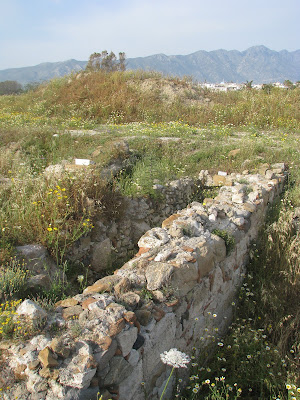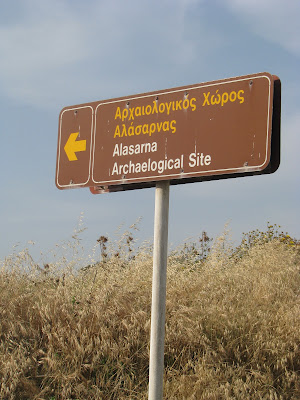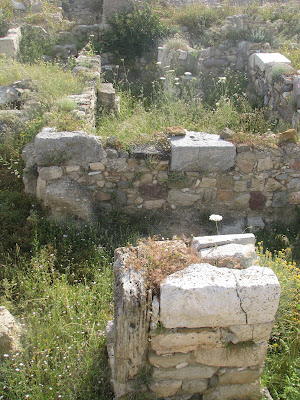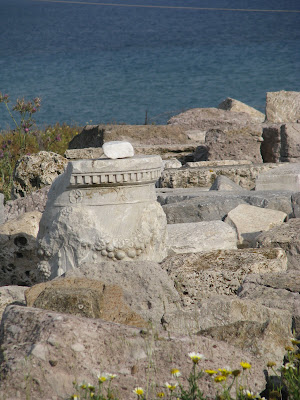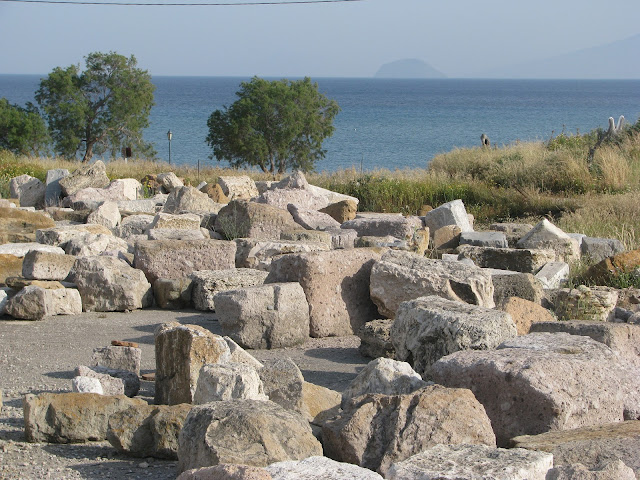The Alasarna Archaeological site which is situated right on the outskirts of Kardamena, is one of the most significant on the island of Kos and the Department of Archaeology and History of the University of Athens has put in a lot of effort since 1985 to systematically excavate and research the site. From the outset, the aim was twofold. They sought to uncover the important remains that lay in the general area around the renowned temple of Apollo and Heracles in the hope that they would be able to find clues and answers that would in turn help them to reconstruct a timeline of the historical developments that shaped this part of the island.
The name of Halasarna is probably of eastern origin. The presence of man in the general area as back as the Neolithic times has been ascertained by a number of remains. As archaeological finds have shown the town/port of Alasarna was a very busy commercial center right up until the 5th or 6th century AD. The bustling town was a major hub, entering into commercial transactions with other major ports of the time like Athens and Corinth (artefacts from both these towns have been found amongst the ruins).
The Temple of Apollo is one of the most important buildings and links the city of Alasarna to the cult of Apollo which is older by far than that of Asklepios whose place of worship was near the capital of Kos. This center was very important throughout ancient times and even after the capital of Kos was moved to the Kos Town area from Astypalaia (the Kefalos area) in 366 B.C. The sanctuary perdured, maintaining its well established status in the religious life of the island throughout the Roman period.
Alasarna continued to thrive in the Christian Era after the ancient city was probably devastated by earthquakes. A number of basilicas, houses and a cemetery, that have come to light during the excavation, clearly attest to that. The abundance of small objects and pottery have shown that there was a bustling community. Arts and crafts were thriving in a productive society that sought to expand its commercial reach in order to export its wares (5th to 7th century A.D.). Alasarna was abandoned in the mid 7th century A.D. and remained uninhabited until the 19th century when the current village of Kardamena was practically founded.
